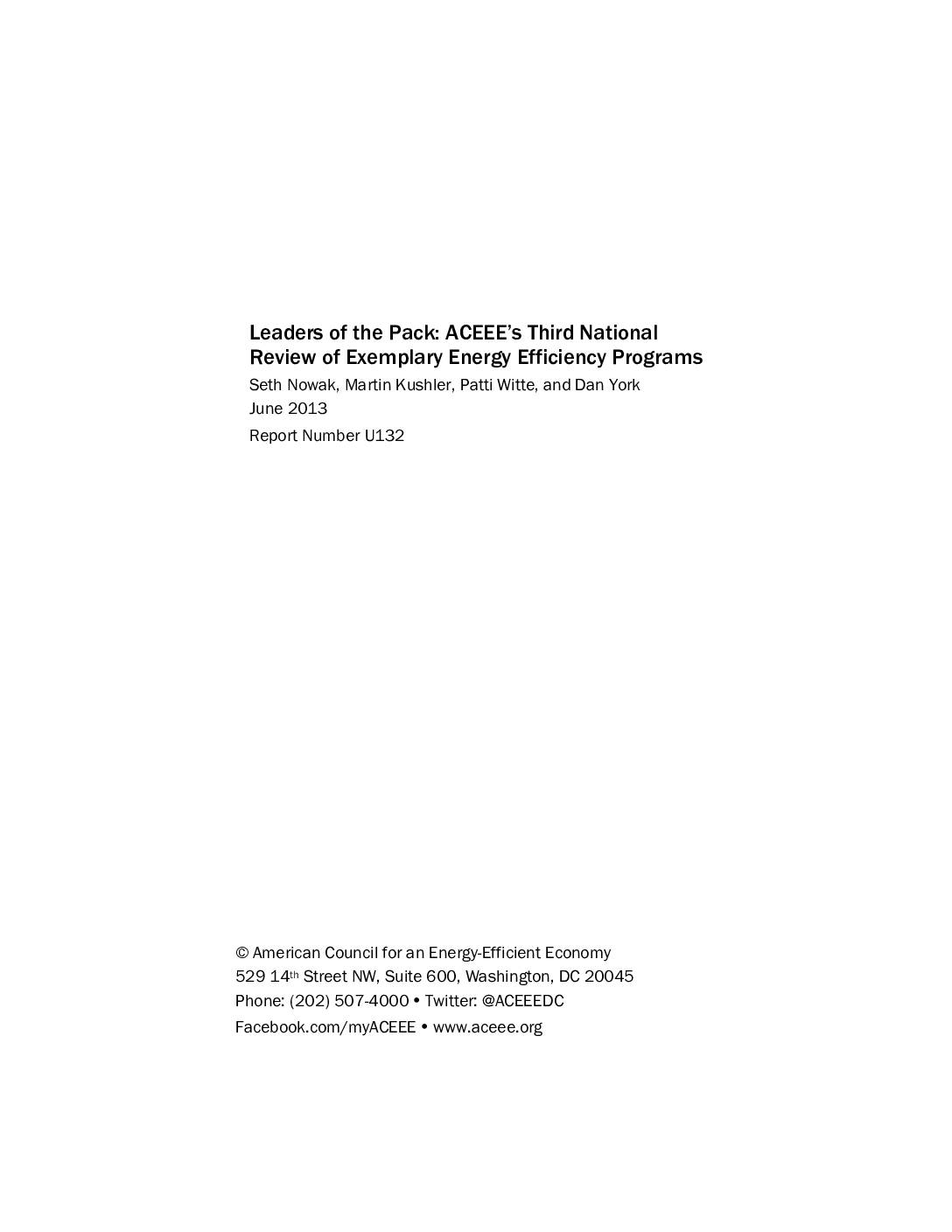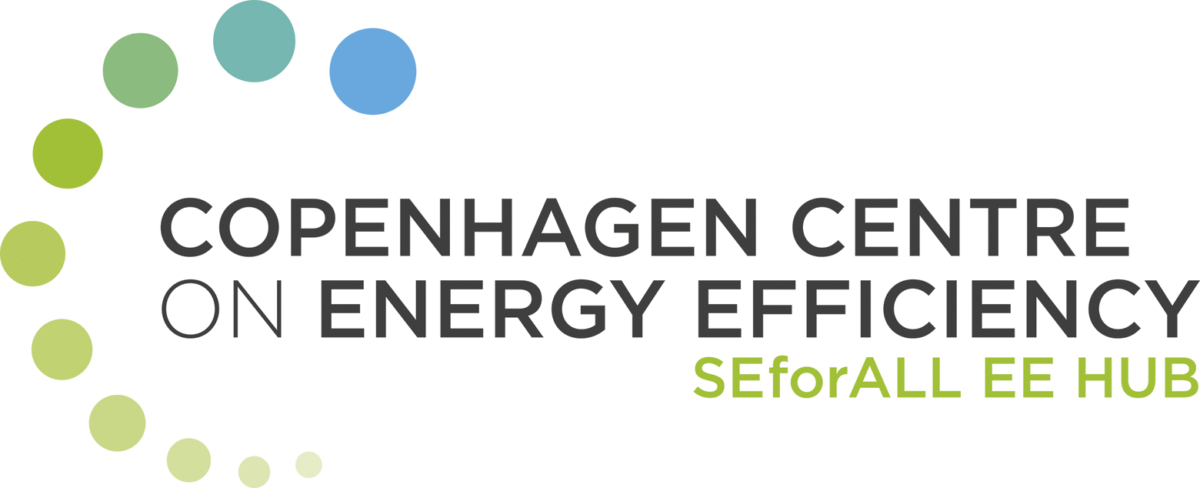Programs provided to electric and gas customers by their utilities or related organizations have existed since the 1970s in many states and regions of the United States. They have evolved and responded to numerous changes in energy markets, technologies, policies, and customer needs. In 2003 and again in 2008, the American Council for an Energy-Efficient Economy completed national reviews of exemplary programs. This report presents the results of ACEEE’s third such national review, completed in 2013. The report identifies and profiles 63 leading programs that span the wide array of program types offered to utility customers. ACEEE solicited nominations nationally for consideration in this national review. The key criterion for inclusion is that the programs had to be funded at least in part through utility customer rates or fees paid by customers specifically for such programs. As in earlier national reviews of exemplary programs, ACEEE highlights key trends and observations that emerged from reviewing nominated programs. Generally programs are striving to achieve and sustain high customer savings in response to overall savings targets in place as a result of state policy or regulatory decisions. To do so is requiring programs to improve their abilities to reach and gain the participation of greater numbers of customers of all types as well as to achieve higher, “deep” savings for participating customers.
Link to resource Download sourceShare this

Sectors: Cross cutting, Renewables
Country / Region: Northern America, United States
Tags: corporate reporting, energy, energy efficiency, inclusion, responseKnowledge Object: Publication / Report
Published by: ACEEE
Publishing year: 2013
Author: Seth Nowak, Martin Kushler, Patti Witte, Dan York
